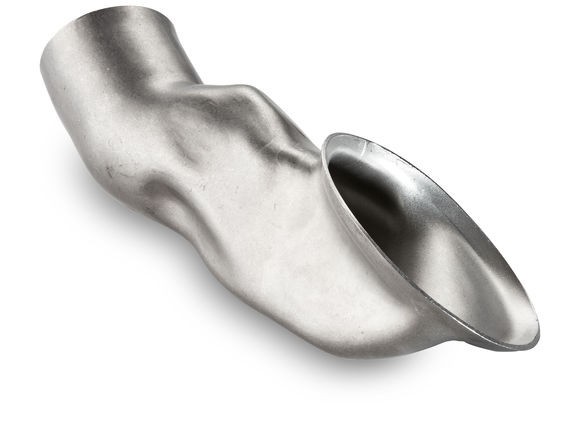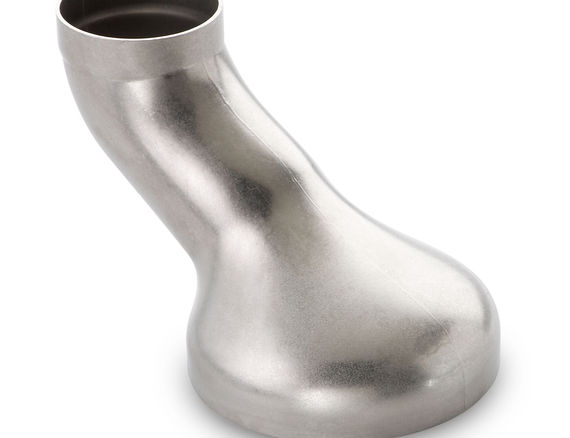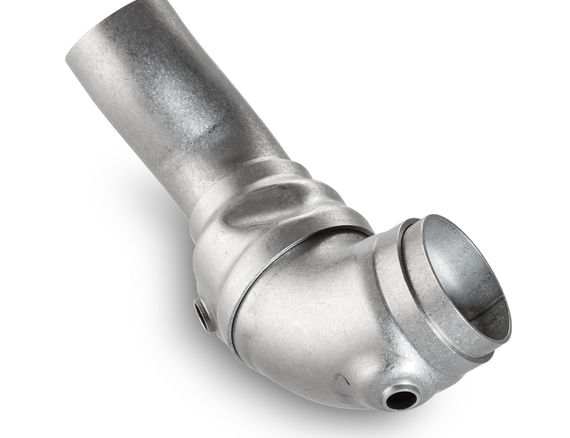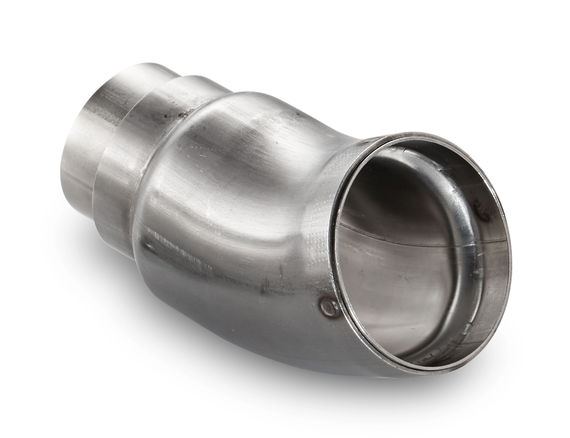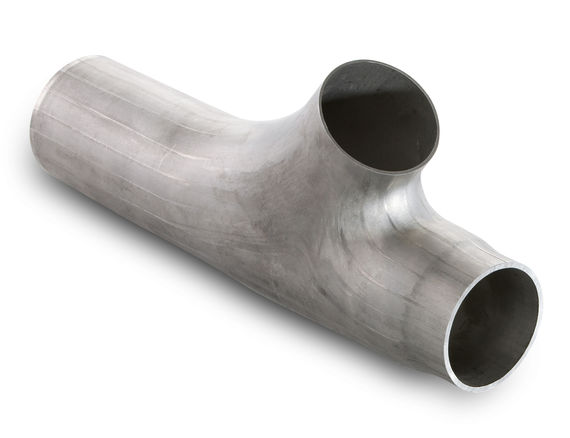An infinite variety of forms under high pressure
Hydroforming not only enables tube forming into complex three-dimensional shapes. Often secondary joining steps such as soldering or welding can be eliminated with a single piece hydroformed component with superior mechanical properties. Hydroforming has established itself in many industries, from exhaust manifolds to solar plants, from design telephones to aerospace applications. The fischer Group has first integrated this method as a core production process in 2001 in Mexico. With the acquisition of fischer hydroforming in 2007, the group has become one of the world's leading hydroforming companies.
From 0 to 3,000 in seconds
In hydroforming, hollow bodies are expanded from the inside into a mold using high water pressure of up to 3,000 bars within seconds. Even after 30 years the whole potential of this process has not been fully achieved. Multistage mechanical forming steps can be efficiently combined using hydroforming.
Hydroforming has revolutionized the possibilites of tube forming. With this new process previously thought unkown shapes have now become feasible.
This new technique allows greater flexibility with regards to design and materials selection. Stainless steel, steel, aluminum or non-ferrous metals are prime candidates that can be processed into exact dimensions and shapes. This process offers high dimensional accuracy as well as repeatability. Hydroformed components offer the optimum combination of space efficiency, freedom of design and weight savings in combination with maximum strength and precision.
Process development in the age of Industry 4.0
Advances in Hydroforming include automation down to the ancillary processes, consistent lean production, implementation of Industry 4.0 principles for maintenance, production data collection and error prevention. New servo technology, energy efficiency, cycle time reduction and new control options also play an important role.

